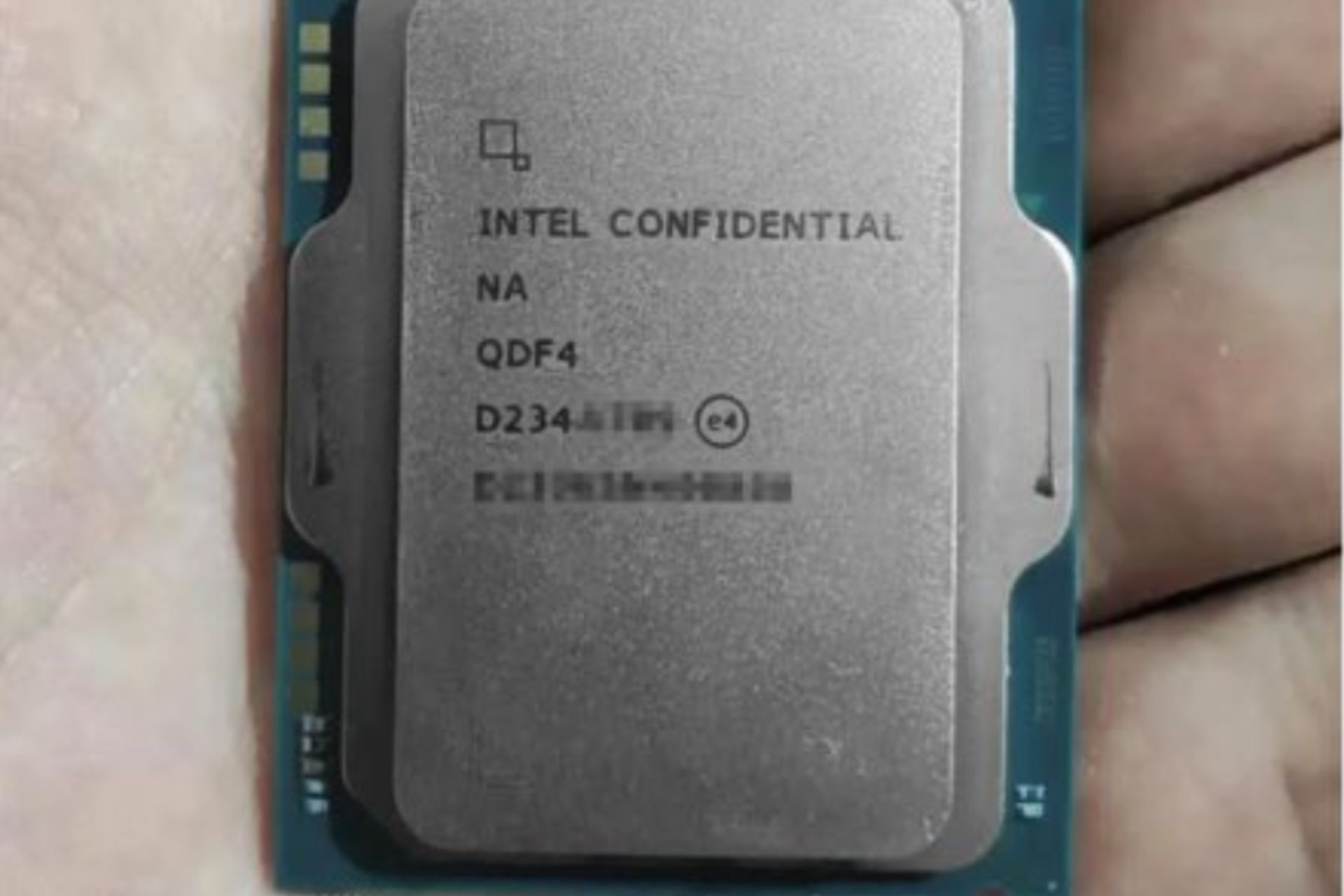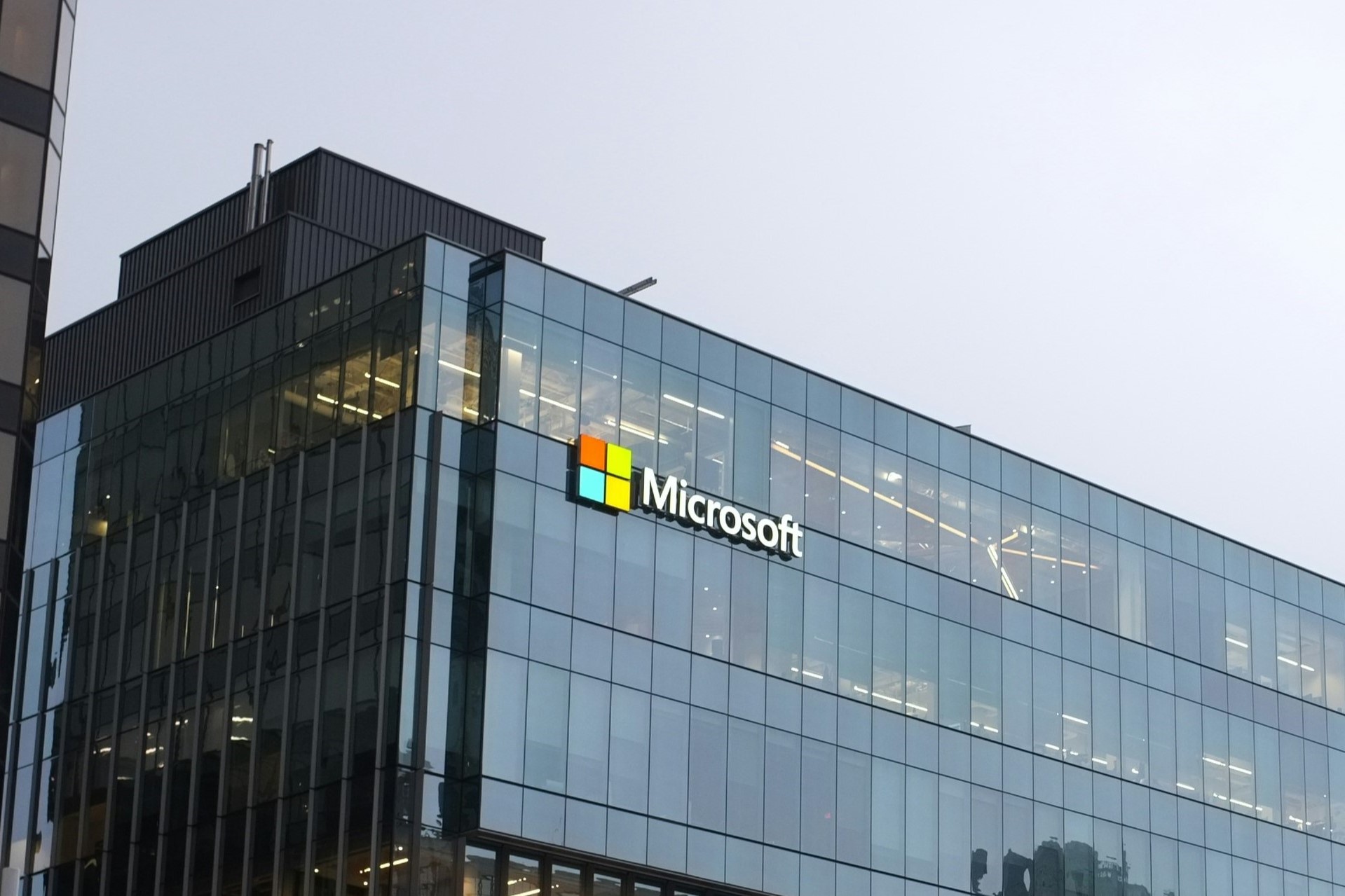Microsoft Edge takes action against spam notifications, blocks them
2 min. read
Published on
Read our disclosure page to find out how can you help Windows Report sustain the editorial team Read more

Microsoft has announced its Edge web browser can now block spam notifications, including those that deceive users into granting permission for notifications.
According to the announcement post from the Microsoft Edge team, “Website notifications are great for staying up to date on your favorite web apps, but they can also be used to spam you with messages that can be unwanted or even misleading,”. To tackle this problem and improve user satisfaction, Microsoft has brought modifications to assist users in evading these notifications and promoting a sense of peace. It seems like times are good for Microsoft Edge as it is close to 300 million users thanks to ChatGPT integration.
The newly blocked notifications on Edge primarily originate from unfamiliar websites and encompass notifications that attempt to trick users. Microsoft is actively collaborating with law enforcement authorities to tackle genuinely hazardous spam notifications, such as those posing as virus warnings that prompt users to download malware disguised as a solution.
Although notification spam usually causes annoyance rather than harm, Microsoft has identified and examined various types of spammy notifications that most users deem undesirable. It’s like giving them a warning shot without causing too much disturbance. As part of this process, notification privileges have been revoked from websites that transmit spammy notifications, effectively blocking billions of misleading alerts.
Based on their analysis, Microsoft discovered that most spam notifications originate from unfamiliar sites. Consequently, starting from Edge version 113 and onwards, initial notifications from such sites will be displayed discreetly, with only a subtle message appearing in the address bar.
via Thurrott








